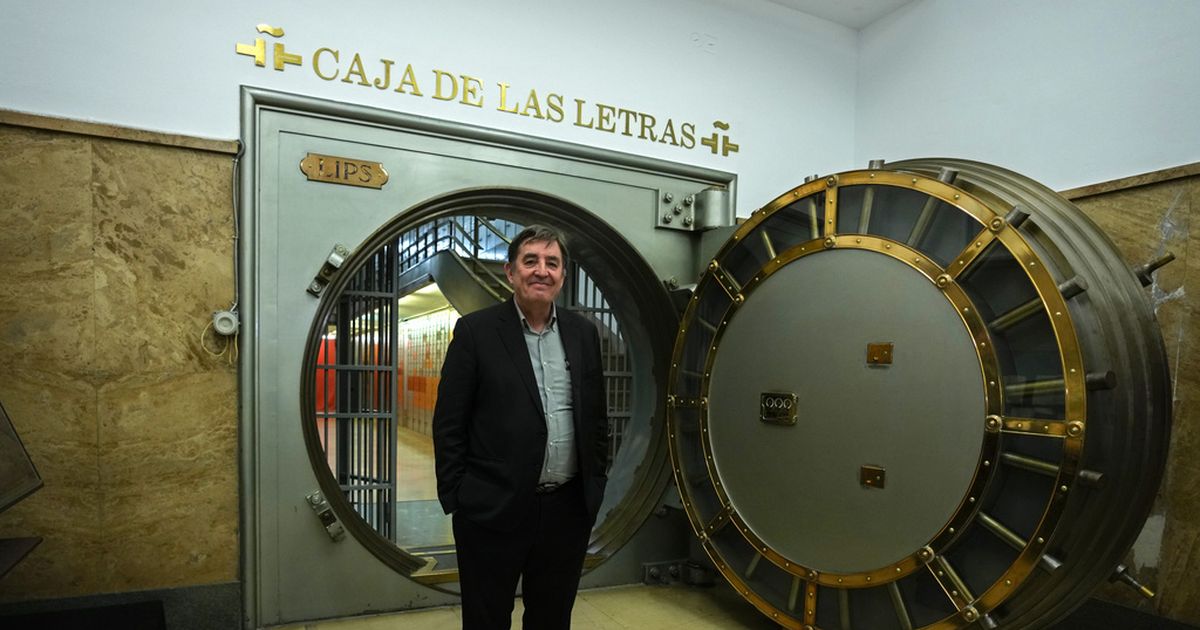MIAMI.- Argentina has rightly earned the well-deserved recognition of being one of the most important theater venues in the world. Its theater skillfully plays with humor (a great attraction for many), psychological work on characters, and scenic creativity. We often hear about intelligent comedies, but it is much more, it is avant-garde theater, with talented actors, directors, and playwrights. All this together means that generally in the Miami Theater Festivals organized by Teatro Avante, there is an Argentine production. They have earned it.
In the 38th edition of the Festival they brought La Celestina, Lita’s tragicomedya free version by David Piccoto and Julieta Daga of the classic by Fernando de Rojas, The Celestinein a production by Rey Marciali, from the province of Córdoba, in Argentina.
The text of Rojas, from around 1500, also known as the Tragicomedy of Calisto and Melibeais great for having 21 acts, countless characters and even acrostic octaves, which makes it one of the most studied, performed and versioned works.
And what the Argentines from Cordoba brought to Miami was another version that is, in addition, a one-man show, or as I like to call it, a monologue assisted by the audience that is integrated into the work.
In the text written by Piccoto and Daga, and performed precisely by Julieta Daga, it shows an actress dressed as a clown, who has had a complicated set made of ropes and tubes fall on her and finds herself trapped and in pain under the swarm of threads hanging from the ceiling.
This scenic guideline is the starting engine for a comprehensive proposal, in which the actress lying on the floor says some lines of The Celestinewhile she tries in vain to get up. As the minutes go by, the woman tries to get up without success, so she asks one of the spectators for help to untie her from the many ropes above her.
When they come to help her, the play really begins to develop. The actress tells the young man who is helping her what to do, while she talks to him about Calisto’s relationship with Melibea and the old whore, as Celestina is called in some versions. It is a very well-done stage play, as the attention constantly runs between the behaviour of the guest untying the system of knots around the woman’s body, and the passages about a love story.
But Lita, the character played by actress Julieta Daga, is her own ego art as a clown, and she creates a fabric of action and emotion that intertwines the classic, the contemporary and the reality of the woman herself, who cries out for Santiago, her great love, whom she has lost.
One of the successes of the proposal is the changes in language, which goes from the poetic to the simple, always going up and down, adapting the scene to what the guests are doing to help her. Theatrically, Daga’s work is a tour de force that is complicated by the participation, in this case of three people from the audience, who intervene in the staging voluntarily.
Special mention must be made of Santiago Pérez, the creator of the costumes and the set design. The interlocking wires, cables and pulleys, which do not touch the ground until the final moment of the play, is a challenge for the entire team on stage.
Let’s wait for the next Miami Theater Festival, to see what Mario Ernesto Sánchez will bring us from Argentina, let’s hope it’s something great.




